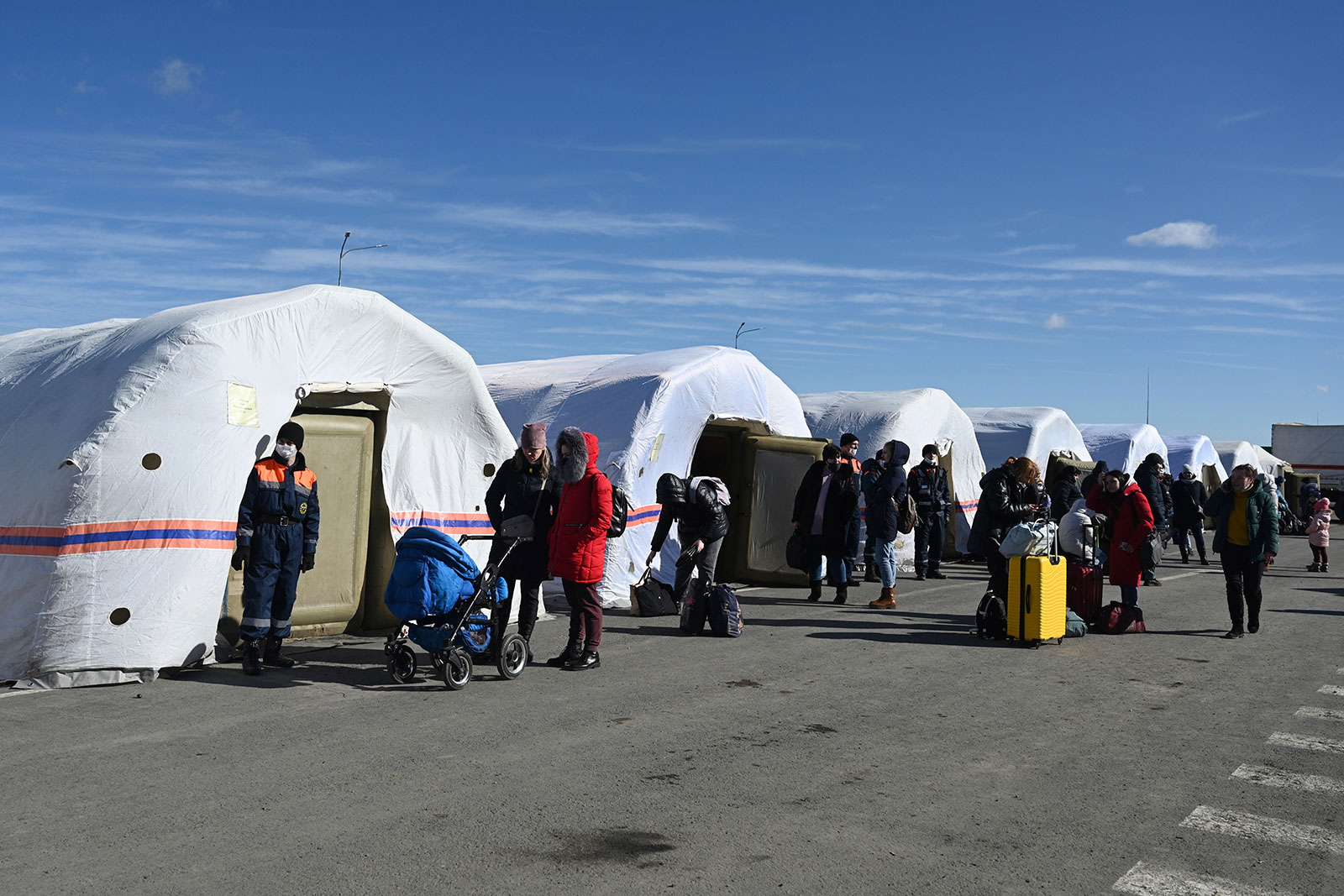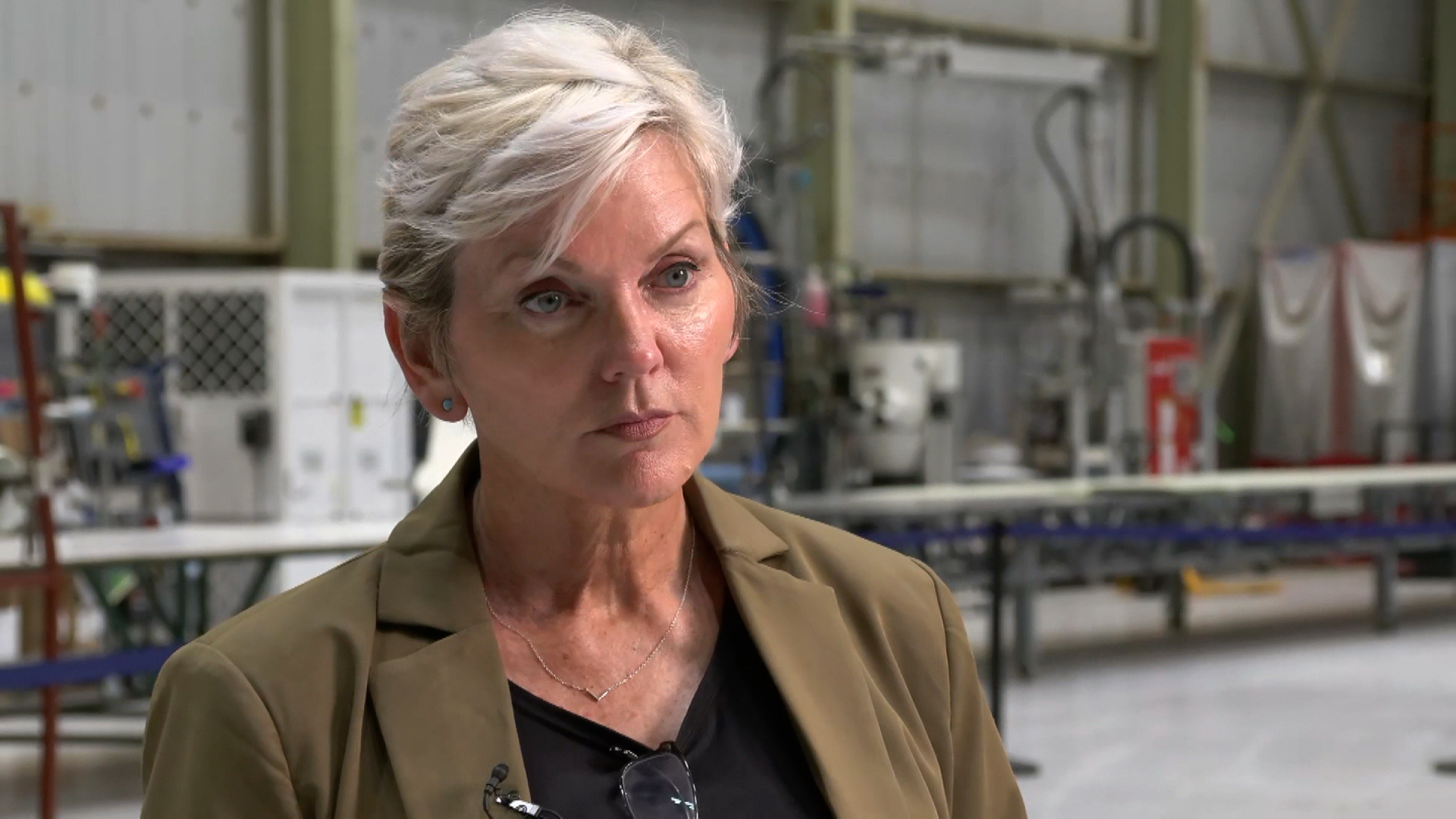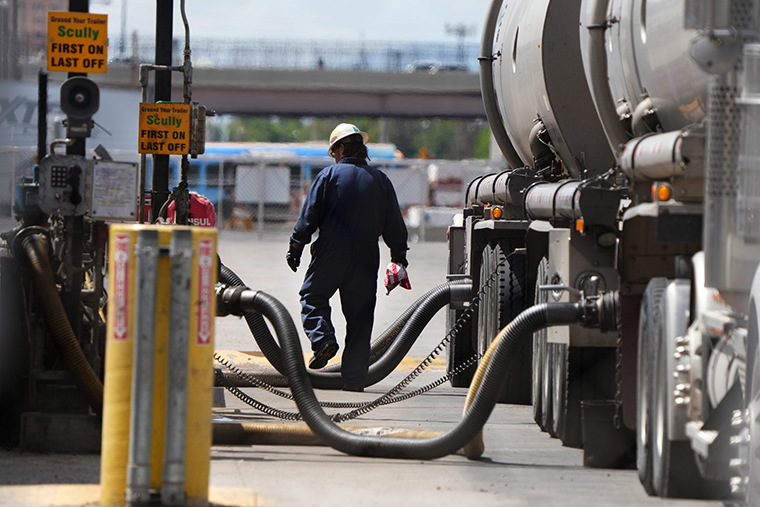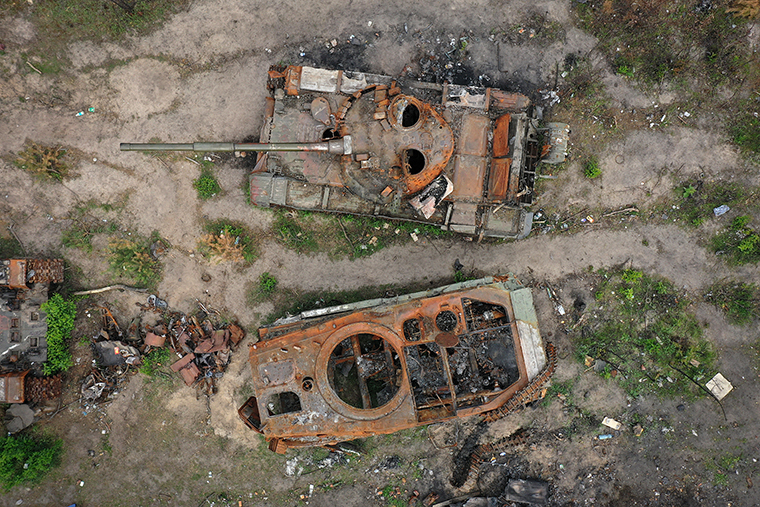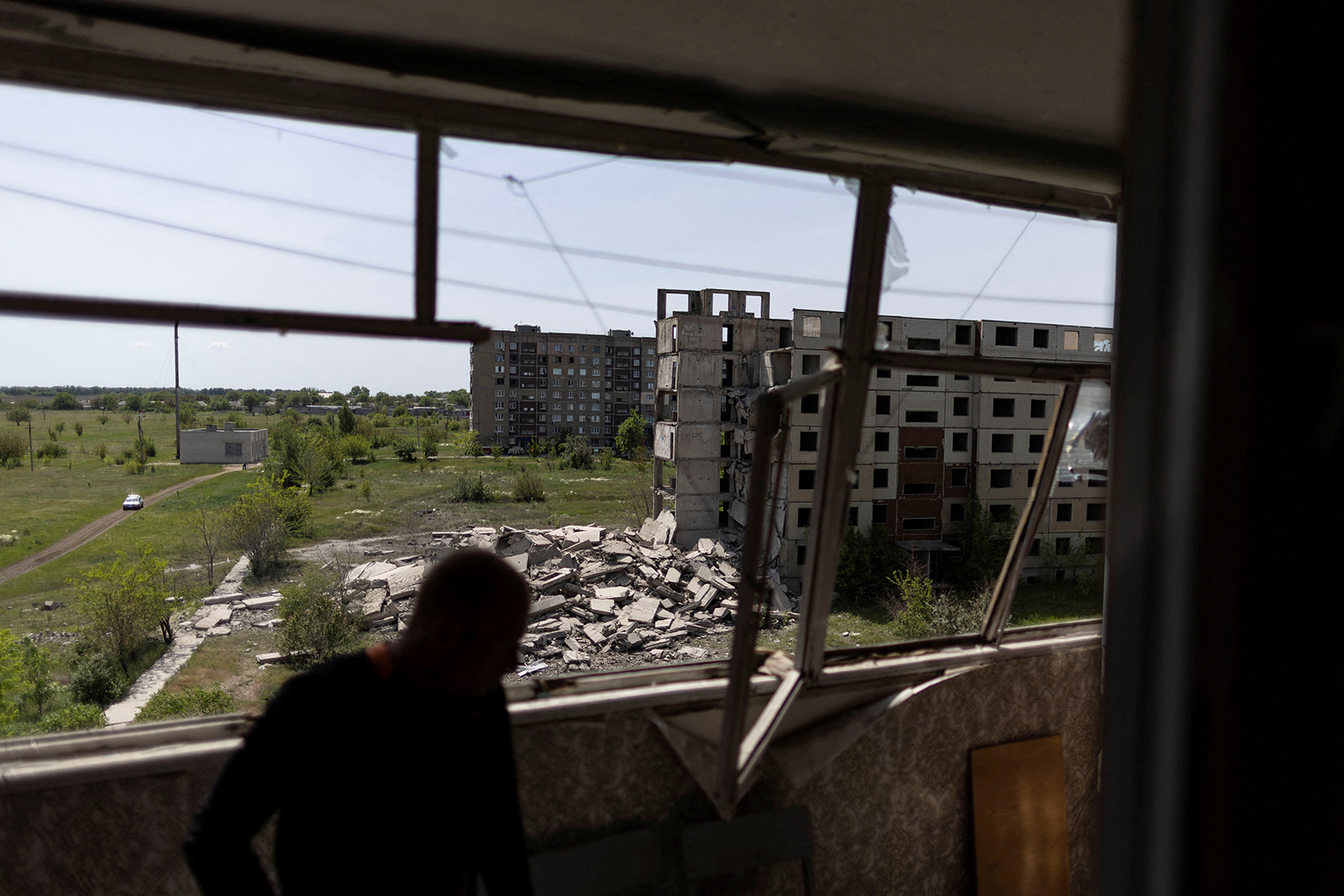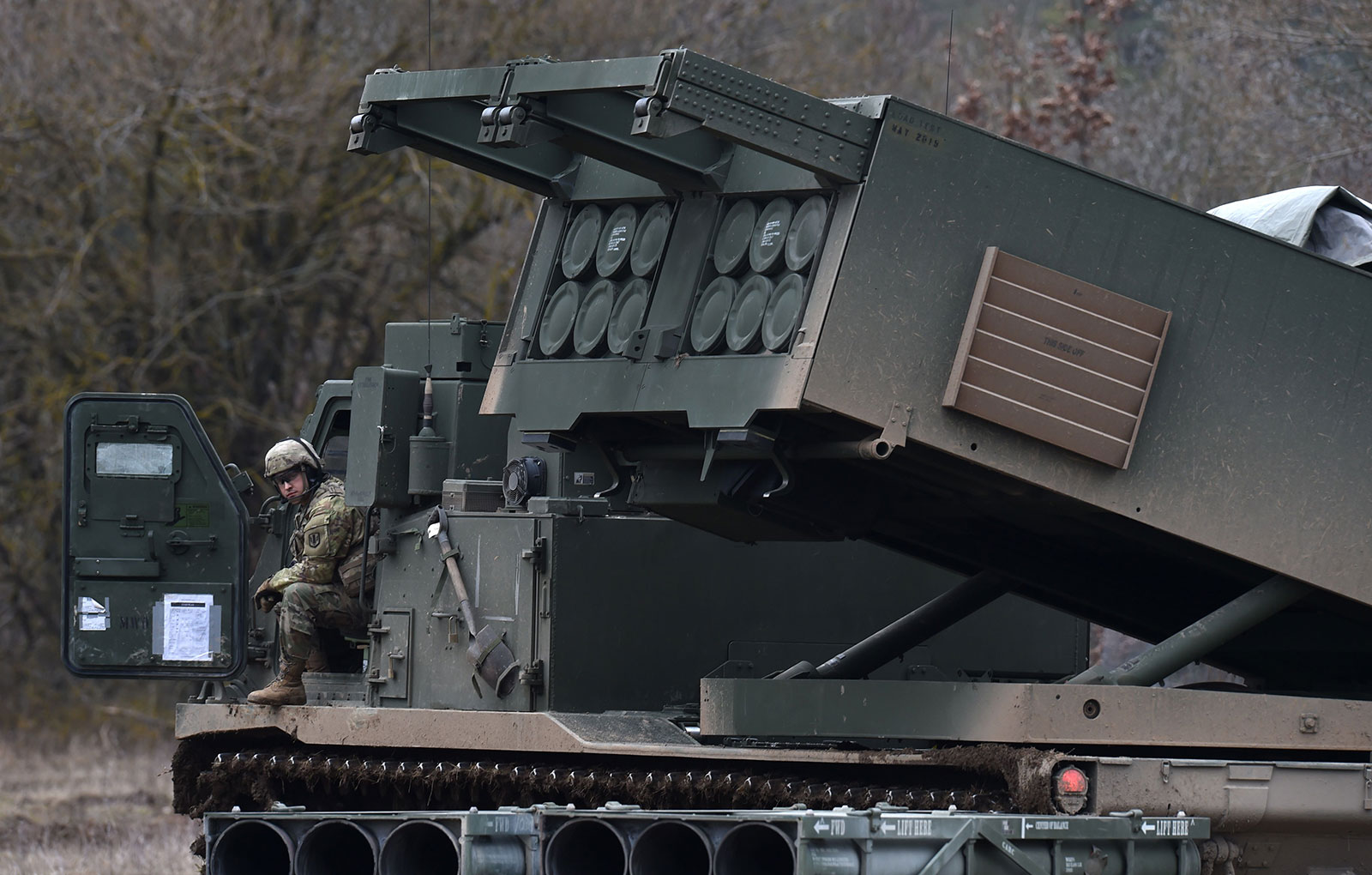
Ukraine's most urgent need is for multiple launch rocket systems (MLRS) to counter Russian superiority in heavy weaponry, Foreign Minister Dmytro Kuleba said.
The military situation in the eastern regions is "as dire as people say — even worse than people say," Kuleba said Thursday in Twitter live Q and A from Poland.
The only response that would work, he said, was with "more heavy weapons. Without these, we won't be able to push them back."
He called Washington's decision on this "crucial."
CNN has learned that the Biden administration is preparing to step up the kind of weaponry it is offering Ukraine by sending advanced, long-range rocket systems as they become the top request from Ukrainian officials, according to multiple officials.
The administration is leaning toward sending the systems as part of a larger package of military and security assistance to Ukraine, which could be announced as soon as next week.
In addition to the foreign minister, other senior Ukrainian officials, including President Volodymyr Zelensky, have pleaded in recent weeks for the US and its allies to provide the MLRS. The US-made weapon systems can fire a barrage of rockets hundreds of kilometers — much farther than any of the systems Ukraine already has — which the Ukrainians argue could be a gamechanger in their war against Russia.
Another system Ukraine has asked for is the High Mobility Artillery Rocket System, known as HIMARS, a lighter wheeled system capable of firing many of the same types of ammunition as MLRS.
Russia has in recent weeks pummeled Ukraine in the east, where Ukraine is outmanned and outgunned, Ukrainian officials have said.
The Biden administration wavered for weeks, however, on whether to send the systems, amid concerns raised within the National Security Council that Ukraine could use the systems to carry out offensive attacks inside Russia, officials said.
The issue was at the top of the agenda at last week's two meetings at the White House where deputy Cabinet members convened to discuss national security policy, officials said. At the heart of the matter was the same concern the administration has grappled with since the start of the war — whether sending increasingly heavy weaponry to Ukraine will be viewed by Russia as a provocation that could trigger some kind of retaliation against the US.
Ukraine is already believed to have carried out numerous cross-border strikes inside Russia, which Ukrainian officials neither confirm nor deny. Russian officials have said publicly that any threat to their homeland would constitute a major escalation and have said that western countries are making themselves a legitimate target in the war by continuing to arm the Ukrainians.
Another major concern inside the Biden administration had been whether the US could afford to give away so many high-end weapons drawn from the military's stockpiles, the sources said.
Read the full report here.
